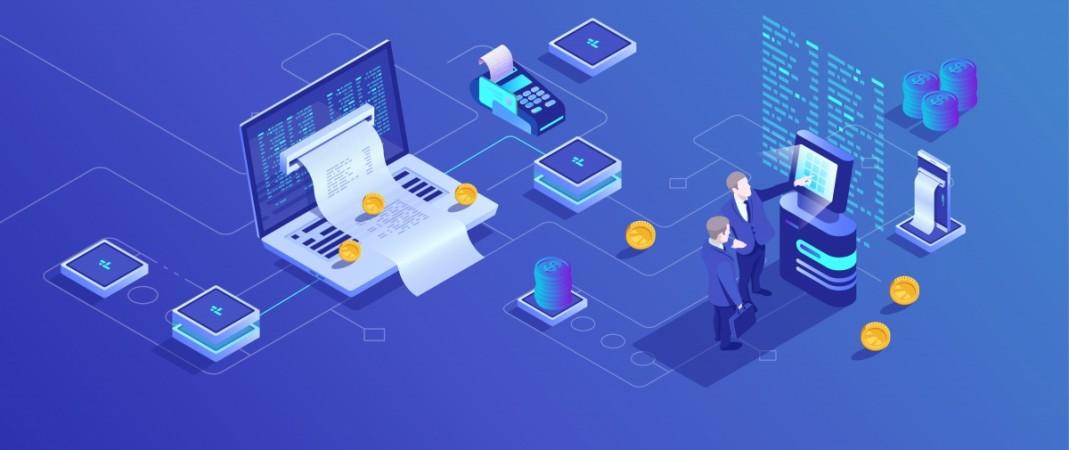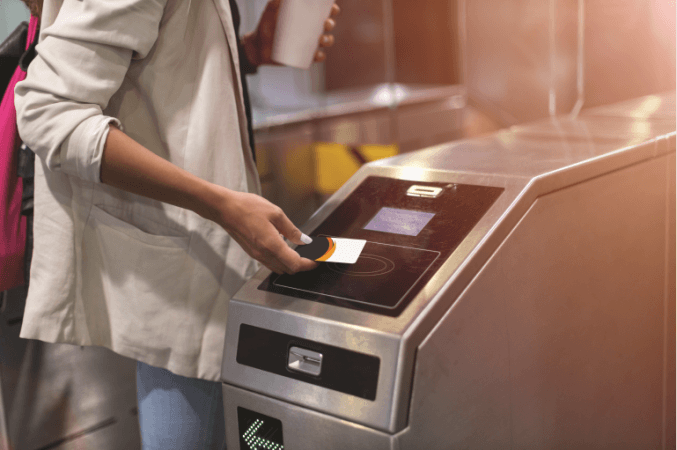
India's banking sector has undergone a paradigm shift in the past two decades. The role of technology has grown from being a mere cog in the strategic framework of companies to driving, shaping and redefining business models and revenue streams. While the digital interface in fintech has grown by leaps and bounds, cash remains an equal catalyst in bridging the conventional vs digital gap.
There is now a need to drive the usage of formalised financial channels among India's next half billion-the next frontier. These people are still outside the financial purview. Data points that reflect the extent to which work needs to be done are reports like the Household Finance Committee (2017) report, which show that Indian households have less than 5% of their wealth in financial assets, and insurance penetration is very low. Also, 19% of the population still lacks access to any formal credit systems, according to an EY report.
The Indian fintech industry has been on an upward growth trajectory in the last few years. The dominant theme of fintech is the booming digital payments space, which is set to grow to $1 trillion1 by 2023 according to Niti Aayog.
The Government's push to improve digital literacy through initiatives spanning infrastructure, literacy and ease of accessing digital services has had a significant impact. These include building the digital infrastructure by the creation of Unified Payments Interface-based ecosystem to boost payment transactions, making high-speed internet available at low costs, increasing smartphone penetration and more. The burgeoning rural sector is also paving the way for a transformation in how cash and digital payments are accessed through multifarious platforms.
The rise of digital commerce, innovation in payments technology using artificial intelligence (AI), Blockchain, Internet of Things (IoT) and real-time payments; and the introduction of mobile Point of Sale (POS) devices and QR has led to a reduction in the cost of acceptance infrastructure and also contributed to its growth. The technology-levered Aadhar program is the biggest disrupter in financial inclusion delivery as it enables targeted transfers of government benefits. Towards this end, the Jan Dhan bank accounts have been opened by leaps and bounds by the government, while 1.2 billion2 citizens have been issued Aadhar cards.
Hitachi Payment Services (HPY), a leading player in the payments space, has been revolutionizing the cash and digital payment channels in the country with over 41,000 ATMs (including White Label ATMs),16,000 cash recycling machines (CRMs) and 1.1 Million POS devices (includes mobile POS and QR) besides Toll and Transit Solutions across the country under management. The CRMs are an innovation as they offer both cash withdrawal and deposit facility, enabling banks to provide convenient services to its customers and at the same time offer operational efficiency and cost savings.
While the progress in opening Jan Dhan bank accounts has been impressive, India still has the world's second-largest proportion of unbanked adult population according to World Bank's Global Findex database. The Government's efforts to ensure financial sustainability has resulted in the advent of smaller financial institutions cementing their presence along with multi-varied cash dispensing platforms being set up in the rural sector along with seamlessly shifting from conventional ATMs to CRMs and setting up White Label ATMs (WLAs). By deploying WLAs HPY is undertaking a "Social Innovation Business" transformation, contributing to the wider adoption of financial services in India.
White label ATMs operating largely in remote geographies, serve as a banking touchpoint and have contributed to greater financial inclusion. Under the brand "Hitachi Money Spot" Hitachi Payment Services, has been licensed by the Reserve Bank of India to deploy and operate White Label ATMs across the country with a strong focus in Tier 3 to Tier 6 towns. This has resulted in an increased number of ATM's across all population centres offering a wide variety of banking services to customers, thereby expanding the scope to anytime, anywhere banking through interoperable platforms. At present, it has deployed over 2,900 White Label ATMs in the country.
According to a recent report by KPMG, digital payments in India is growing at a compound annual growth rate of 12.7 per cent in the number of non-cash transactions.
HPY has been at the forefront of developing digital payment infrastructure with its range of solutions, which includes end-to-end POS processing services, e-commerce processing services, reconciliation and settlement services, risk management services as well as toll & transit solutions.

HPY's end-to-end POS processing services enable seamless and secure cashless payments. Its in-house developed switching platform is PCI DSS compliant, device and communication agnostic that also supports several initiatives of Digital India Stack like UPI and Bharat QR. With end-to-end turnkey merchant acquiring managed services that include Merchant Onboarding and Management, Merchant and Transaction Risk Management, Settlement and Reconciliation Services, Asset Management Services and Field Services, HPY is contributing to the rapid growth of electronic payment channels in the country.
Its customised offering of an Integrated POS payment platform, is the next generation payment mechanism for POS devices that enables Bharat QR, UPI and wallet transactions apart from standard card payments via the POS device. It is also helpful from the merchant's perspective as the merchant can accept various payments through a single device.
The e-commerce market has grown exponentially in the past few years. For this segment, HPY's state-of-the-art, agile and secure Internet Payment Gateway provides a faster and single click checkout experience for top payment gateways.
HPY and SBI have entered into a joint venture for the establishment for the state-of-the-art digital payment platform for India. The JV will facilitate the expansion of the digital payments landscape in India.
To support the Government's recently launched 'one nation, one card' initiative, Hitachi Payment Services in a strategic collaboration with SBI has created the first-ever open-loop card-based ticketing system on qSPARC 2.0 (NCMC) standards for the Noida and Nagpur metro. HPY's open-loop system is designed to help people use the same card for both transit as well as retail payments. HPY's toll and transit solutions for Metros, Buses and Electronic Toll Collection (ETC) provides commuters with a satisfying experience that blends the convenience of travel with secured digital payments. HPY's solutions seamlessly integrate payment systems with auto gates (accepting open and closed-loop card solutions) and automatic fare collection system, thereby transforming the fare collection process.
With over a billion transactions occurring daily, Hitachi is disrupting the payments landscape of India, thus enabling greater financial inclusivity.
Learn More About Hitachi Social Innovation
Know More About our Payment Solutions
Source 1: https://pib.gov.in/Pressreleaseshare.aspx?PRID=1540879
Source 2: https://jsis.washington.edu/news/the-aadhaar-card-cybersecurity-issues-with-indias-biometric-experiment/

















